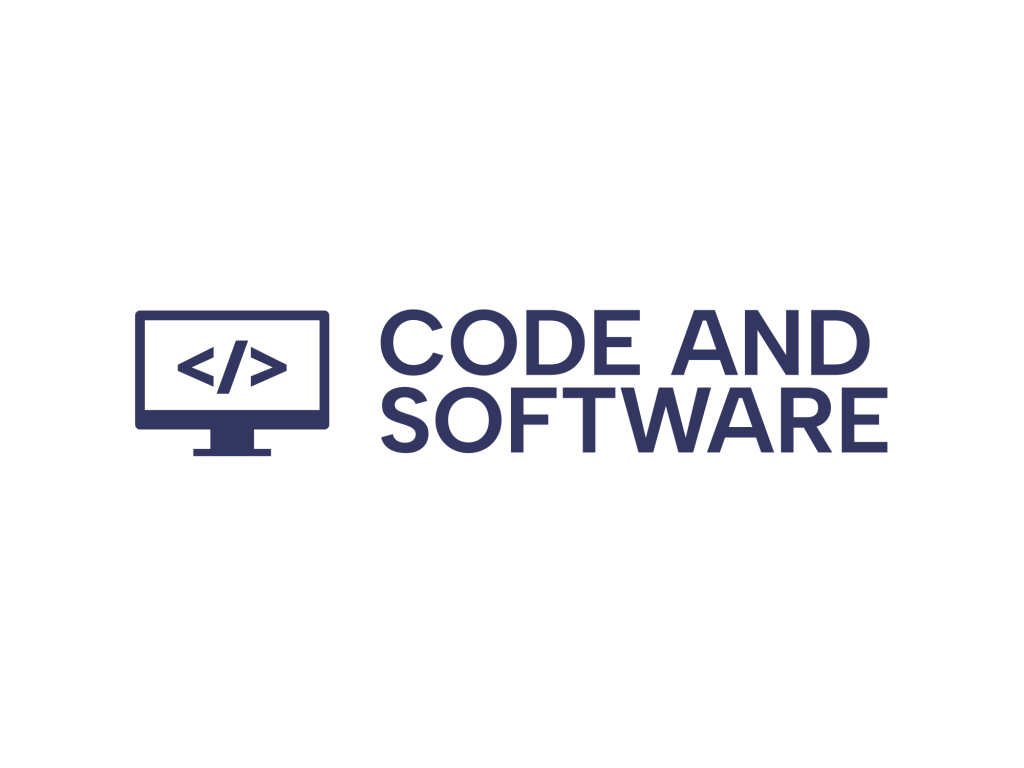Choosing to pursue a Bachelor of Technology (B.Tech) degree after 12th grade is a major decision that can shape your future career. With the growing demand for skilled engineers in India and across the globe, it’s crucial to understand the admission process thoroughly. This step-by-step guide is designed to help students navigate the path to getting admitted into a B.Tech program after completing their 12th standard education with a science background.
Step 1: Understand the Eligibility Criteria
Before applying for B.Tech courses, it’s important to ensure you meet the basic eligibility requirements:
- You must have passed your 12th grade or equivalent examination with Physics, Chemistry, and Mathematics (PCM) as compulsory subjects.
- You should score a minimum of 50-60% aggregate in PCM, depending on the college/university.
- Some institutes may have specific criteria, such as English as a mandatory subject or a certain age limit.
Step 2: Choose the Right Entrance Exam
For admission to B.Tech programs in India, multiple entrance exams are conducted at the national, state, and university levels. Choosing the right exam based on your goals is critical:
- National Level: JEE Main, JEE Advanced
- State Level: MHT CET (Maharashtra), WBJEE (West Bengal), KEAM (Kerala), etc.
- University Level: BITSAT (BITS Pilani), VITEEE (VIT Vellore), SRMJEEE (SRM Institute), etc.
Tip: JEE Main is the most widely accepted entrance exam and a qualifying exam for JEE Advanced, which is required for admission to the IITs.

Step 3: Prepare and Appear for the Entrance Exams
Entrance exams are competitive and require dedicated preparation. Follow these steps for effective preparation:
- Start your preparation early, preferably from Class 11 itself.
- Follow a structured study plan and stick to the syllabus outlined for the specific exam.
- Refer to standard textbooks like NCERT and other recommended guides.
- Practice previous years’ question papers and take mock tests regularly to improve speed and accuracy.
- Consider joining a reputable coaching institute if you need additional support.
Step 4: Fill Out Application Forms
Once the application windows open, register and fill the forms for the entrance exams you’ve selected. Keep the following in mind:
- Upload necessary documents like your photo, signature, and academic certificates.
- Pay the prescribed application fee before the deadline.
- Keep a printout of the acknowledgment or application number for future reference.
Note: Make sure to read the instructions thoroughly and double-check all data before submission.
Step 5: Appear for Counselling and Seat Allotment
After the entrance exam results are announced, shortlisted candidates must participate in the counselling process. This involves:
- Registering for the counselling on the authorized website (like JoSAA for JEE).
- Filling in choices of institutes and engineering branches based on your rank and preferences.
- Attending document verification and paying a seat confirmation fee, if selected.

Step 6: Confirm Admission and Report to the Institute
Once you are allotted a seat in the counselling process, follow these steps to finalize your admission:
- Download the admission letter from the institute’s portal.
- Pay the required tuition and admission fees within the deadline.
- Report to the college on the specified date for orientation and class commencement.
- Carry all original documents for final verification.
Additional Tips for a Successful Admission
- Stay Updated: Keep an eye on official websites and notifications for deadlines.
- Plan Backup Options: Apply for multiple exams to increase your chances of securing a seat.
- Seek Guidance: Consult career counselors, alumni, or mentors for advice.
Conclusion
The journey from completing your 12th grade to securing a position in a reputed B.Tech program involves multiple stages, from eligibility checks to acing entrance tests and attending counselling. Being informed and prepared at each step is crucial for success. Take your time to research and make decisions wisely to lay a strong foundation for a successful engineering career.


Leave a Reply